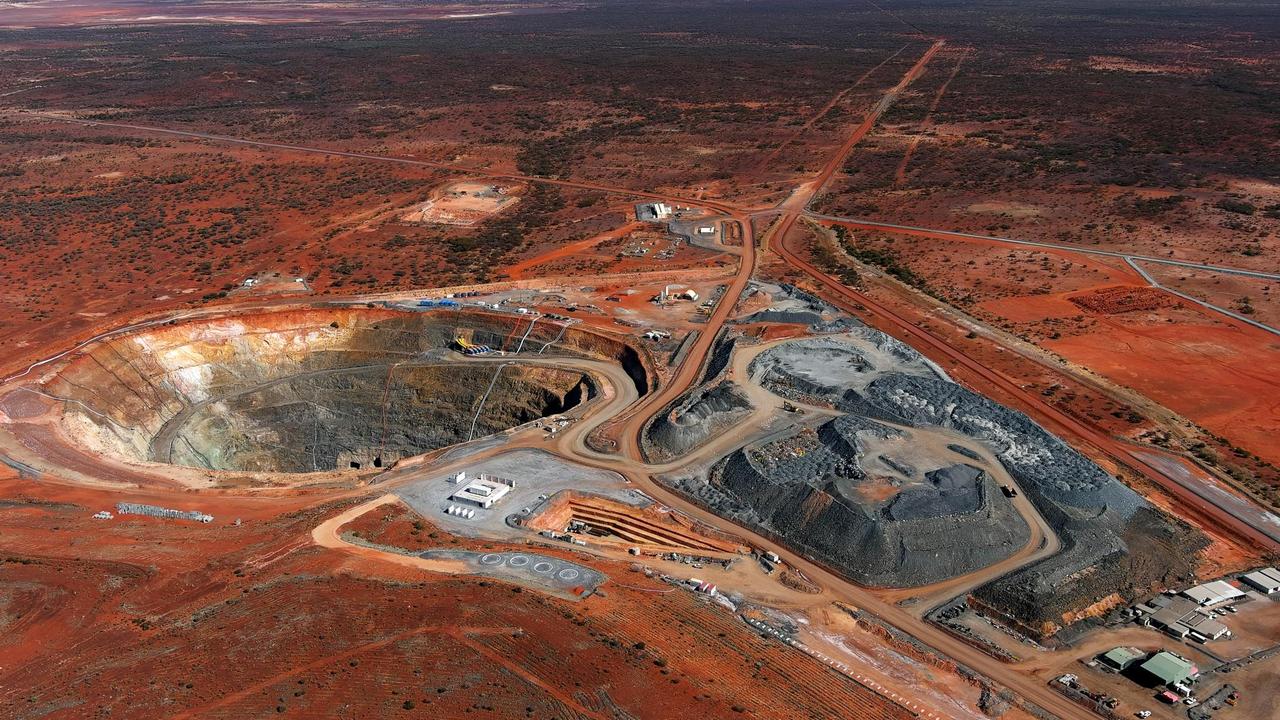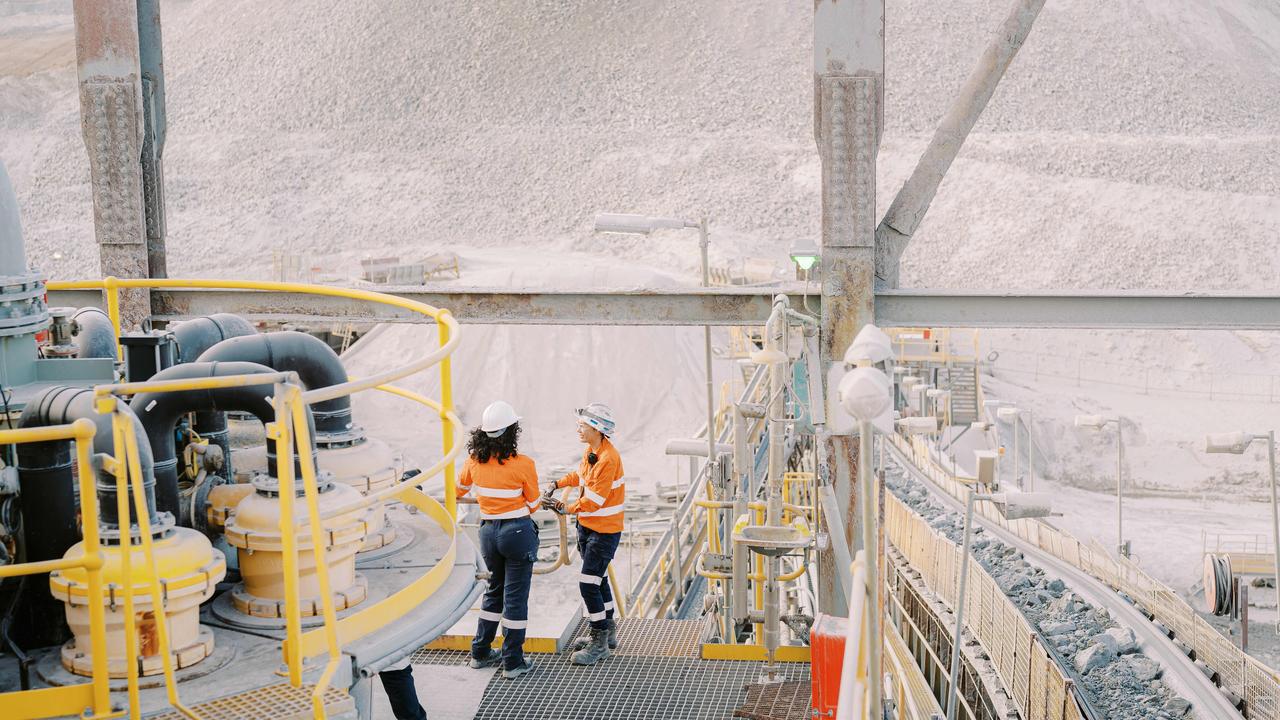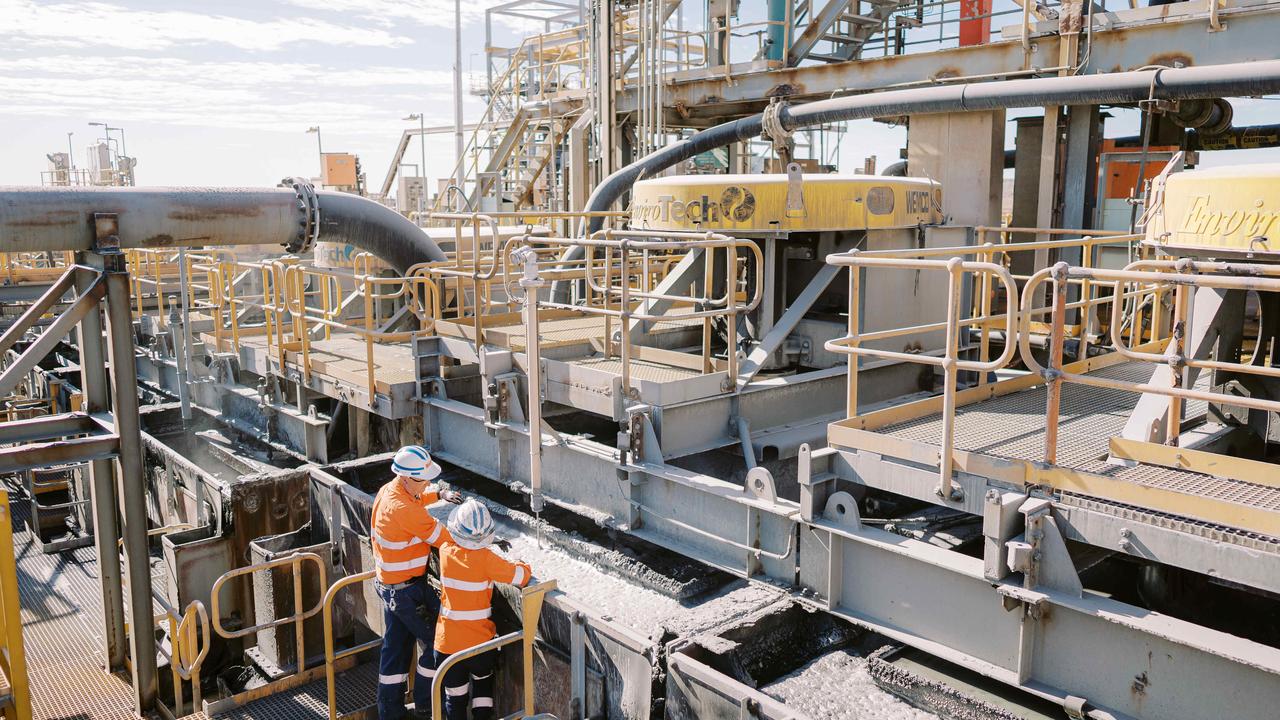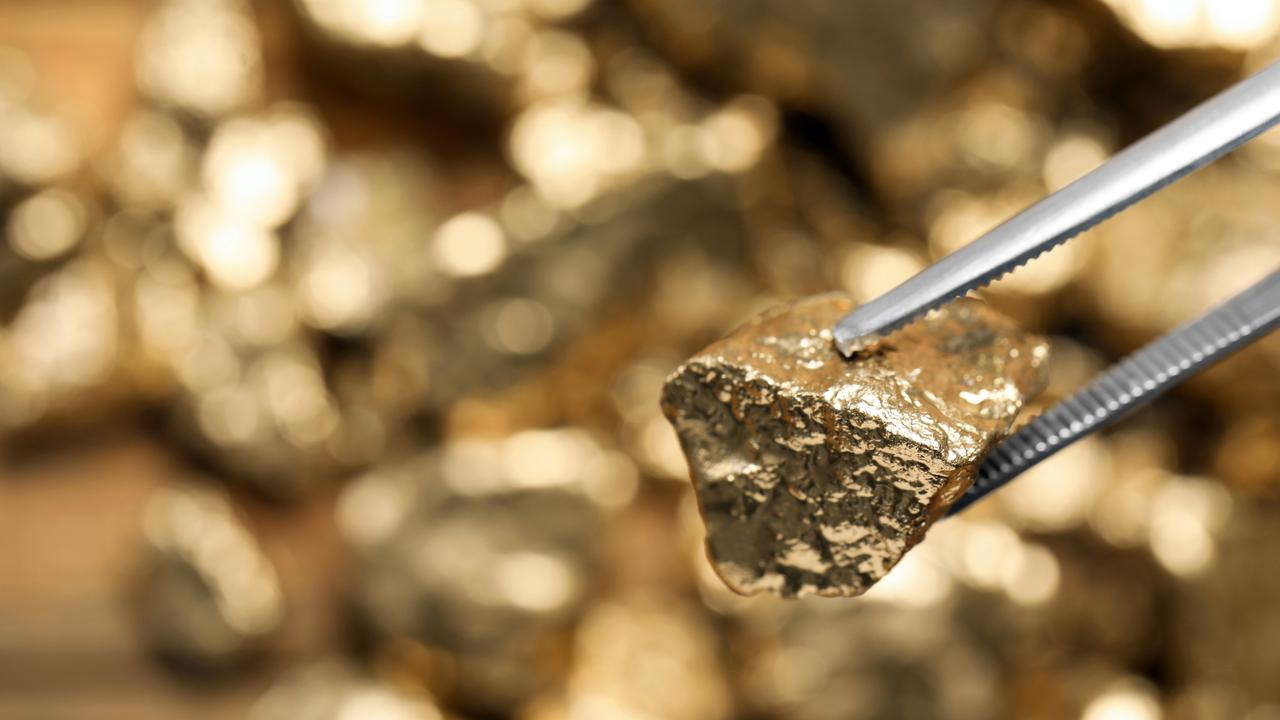1400 jobs on the line amid devastating crisis
Another 400 jobs are on the line — with 1000 Aussies having already lost their positions — in an industry that is taking an absolute hammering.
Almost 400 jobs are on the line as another mine closes amid a devastating collapse in rare minerals prices that has wreaked havoc for Aussie companies and cost 1000 jobs in one state alone since December.
Perth-based mining company IGO has revealed this week it will be transitioning its Cosmos nickel mine into care and maintenance.
The company told investors on Wednesday a review of the project showed a reduction in the expected life of the mine, a delay in getting the mine to full capacity and increasing operating and capital costs, along with “significantly” worsening metal prices.
IGO said these factors were all impacting the economics of the mine — forcing it into a difficult position.

The company did not outline how many jobs would be lost, but it is understood there are 200 Cosmos employees and 179 contractors working on site currently.
It said it expected to be able to redeploy some employees, but there would be redundancies.
“Prioritising and minimising the impact on our team through this process is our absolute focus and we will provide every support we can to those people affected.” IGO’s managing director and CEO Ivan Vella said.
Mining contractor Perenti confirmed it had 179 workers at Cosmos as part of a $200 million five-year contract through Barminco.
“Over the coming months Barminco, working collaboratively with IGO, will implement strategies to transfer its workforce to other projects across its global portfolio,” Mr Perenti said in a company statement.
The company said there would not be a material impact on revenue and earnings, reassuring investors it expected to deliver revenue of between $3.3 billion to $3.4 billion.
“A key component of our 2025 strategy has been the strategic diversification of our businesses, our projects and our earnings to limit the impact that any one project may have on our overall performance,” Managing director and CEO of Perenti Mark Norwell said.
President of contract mining at Perenti, Gabrielle Iwanow said the company was looking forward to continuing to provide service across IGO’s remaining portfolio of assets.
IGO expects the value of the Cosmos mine will be reduced by a whopping $150 million to $175 million this year, though these figures are not yet finalised.
The company got rid of most of its gold production to focus on the battery minerals nickel and lithium, is facing a difficult market for both minerals.

Mr Vella said this was not the outcome anyone at IGO wanted, after the company acquired the asset as part of a $1.3 billion takeover of Western Areas in 2022.
Nickel is experiencing a global price crunch largely in response to a supply surge of the battery mineral from the world’s largest exporter Indonesia — which is increasing production mostly for the Asian market.
“We cannot ignore the operational and financial risks involved in continuing to develop Cosmos in the current environment,” Mr Vella said in a company statement.
“We still believe there is value in Cosmos, however in this nickel environment we need to be disciplined with our allocation of capital, while retaining our optionality to restart if market conditions improve.”
Cosmos is expected to close by the end of May which will take nickel mining job losses in Western Australia announced since December to around 1400.
What is nickel and why is its price tanking?
Nickel is a rare earth element predominantly used in alloys and plating, with about 68 per cent of global production used to make stainless steel.
Australia is the fifth largest producer of the mineral behind Indonesia, Philippines, Russia and New Caledonia.
The metal has recently been in the limelight as it is included on the United States’ list of 50 critical minerals due to its applications in battery production. It is not on the Australian critical minerals list but is a “strategic” material.

Critical minerals are ones deemed necessary for the transition from fossil fuels, advanced manufacturing or defence technologies and capabilities.
After an historic all-time price high in 2022 nickel prices crashed last year and are continuing to steadily weaken.
The market is facing an oversupply as Indonesian output outpaces global demand for the product.
Weaker than expected growth in electric vehicle sales last year also took the wind out of the battery mineral boom.
Nickel not alone
IGO also announced it would be reducing lithium production at Australia’s largest lithium mine, Greenbushes, a joint venture between the company and China’s Tianqi.
More Coverage
Most lithium is used to make lithium-ion batteries for EVs and mobile phones. Metallic lithium is also used as a high energy additive to rocket propellants.
There has been an almost 80 per cent reduction on the lithium price over the past year. IGO said this was a result of a weak global market and apparent lower demand for battery-grade lithium chemicals.
Lithium is included on both the Australian and US list of critical minerals.






